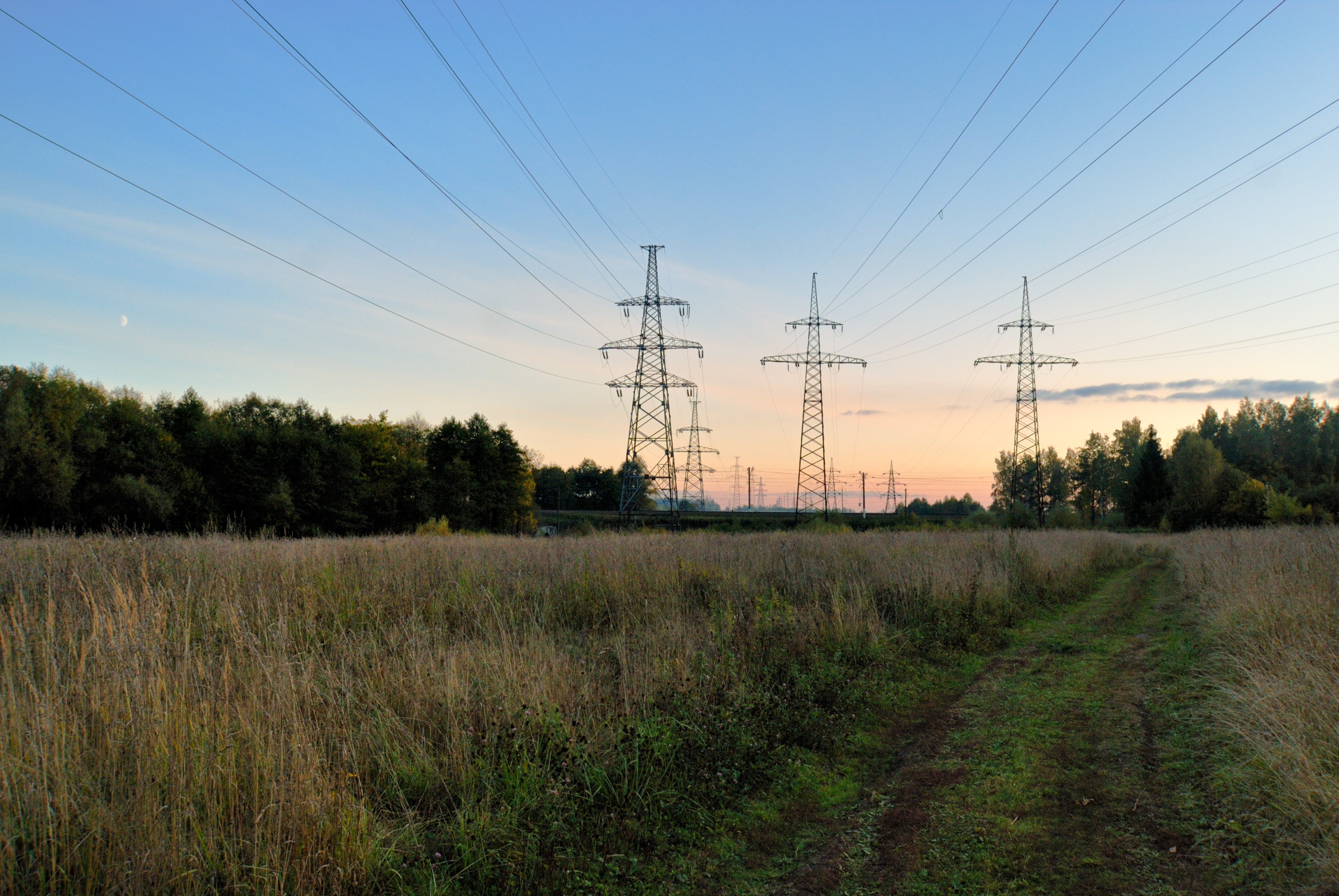
14 million to intelligent drones
Overhead power lines should be inspected by intelligent drones that can identify faults on the wires on their own and upload energy from the high voltage cables when the battery goes flat. This will greatly reduce costs for electricity companies and ensure an even more stable power supply.
It is expensive for power companies to keep an eye on damage to the approximately 5,000 kilometers of overhead lines that form the backbone of the Danish electricity supply. Therefore, researchers will develop autonomous drones to do the work.
"We will develop self-flying intelligent drones that are able to find and take pictures of faults on the cables. At the same time, we need to develop an energy harvester which is to be attached to the drone. When the battery is going flat, the drone flies to the nearest high-voltage cable, attaches itself to the cord and charges, explains drone researcher Emad Samuel Malki Ebeid from SDU UAS Center.
He has just received DKK 14 million from the Innovation Fund Denmark for the project, Drones for Energy. Together with other partners, he is responsible for developing the drone technology which companies can ultimately create a groundbreaking new business out of selling.
- In Denmark, we use helicopters and drones controlled by a person from the ground to inspect overhead lines. According to Energinet, it costs one million kroner per week to inspect power lines by helicopter, so there is a lot of money to save, says Emad Samuel Malki Ebeid and points out that there are more than 200,000 kilometers of overhead lines in the EU.
Large business potential
One of the partners in the project seeing an important business potential in offering its customers self-flying and self-charging drones for inspection of high voltage cables, is Geopartner Inspections.
- Our ambition is to create a business out of the project. With the new technology we also see the possibility of expanding the business to other countries such as Norway, Sweden and Germany. It is important to keep up with the development which in the case of drone technology is moving really fast, says manager Lars Bach Poulsen from Geopartner Inspections, which is part of one of the country's leading consulting land surveyor firm, Geopartner Landinspektører A/S.
Once a year, Energinet reviews the airline network by helicopter. If the inspectors in the helicopter detect something suspicious on the wires, they call Geopartner Inspections. They in turn send out a drone which can take close-ups of the wire, explains Lars Bach Poulsen:
- The drone technology today requires that the drones are controlled by a person on the ground and must be recharged every 20-30 minutes. At the same time, the drone takes many thousands of pictures, which must also be reviewed by a person. It is a process that self-flying and intelligent drones can replace in the future.
The drones must be packed with knowledge
Therefore, the researchers at the University of Southern Denmark also need to work closely with the land surveyors. Part of the project is to enable the drones to take only pictures of leaks or breakages on the wiring system. Therefore, the drones must be supplied with knowledge of what to look for.
"We imagine a team of four drones working together on checking the lines. They must all be connected wireless and able to exchange information smoothly. Researchers from Aarhus University are building a collaborative drone system that works as a team and gets data for their mission. For example, the drones will get continuous weather data from DMI so they don’t fly and take pictures when it's cloudy, explains Emad Samuel Malki Ebeid from SDU UAS Center, continuing:
"Because the inspection is done without human intervention, it will reduce costs by up to 95 percent. At the same time, you will ensure an even more stable power supply because you inspect the lines more frequently, thus detecting errors sooner. To repair an injury at an early stage is 100,000 times cheaper than if the error is first discovered later.”
Facts
Project: Drones4Energy
Funding: DKK 14 million from Innovationsfonden
Partners: SDU Dronecenter, SDU IMADA, Fraunhofer, Develco, Aarhus Universitet, Geopartner Inspections, Science Ventures